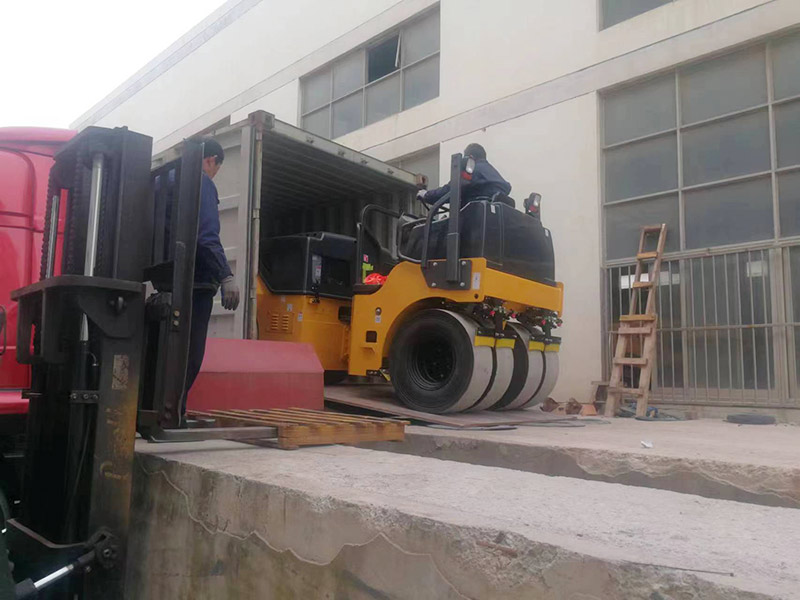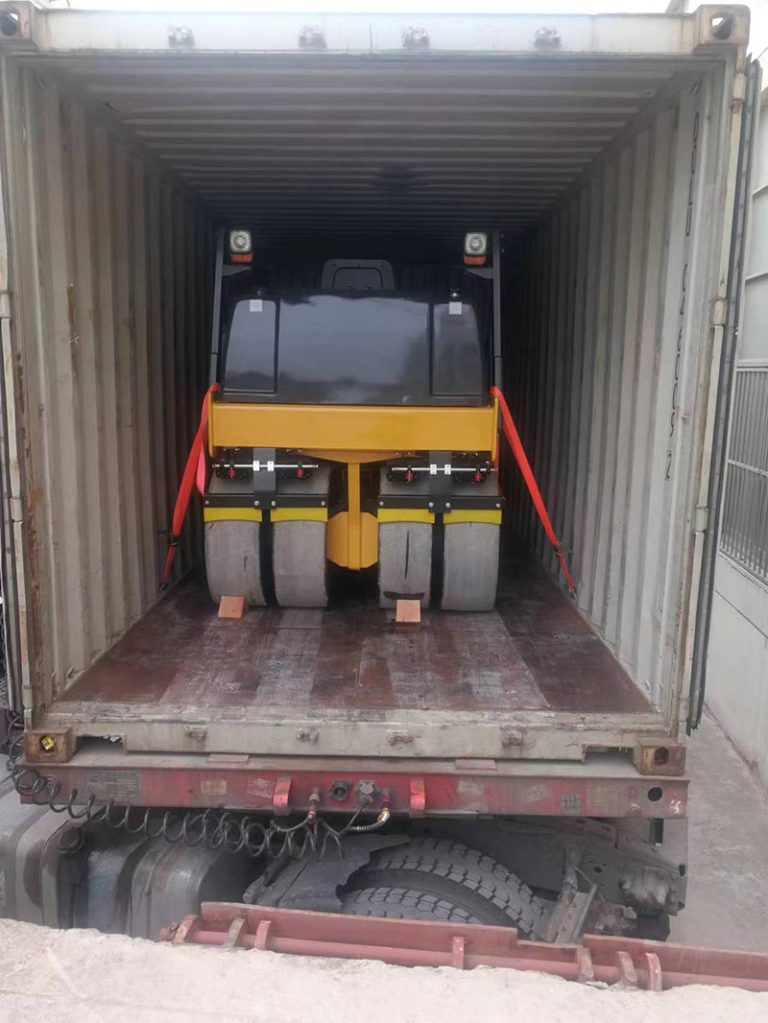The project was initiated by a construction company specializing in road construction and maintenance. They believed that there was a need for a more efficient and versatile roller to handle various terrains and materials. The main objective of the project was to design an 8-tonne combined roller that could operate efficiently and reliably on asphalt, soil, and gravel.
design phase
Objective: Design a road roller that combines the characteristics of a smooth steel-wheeled roller (for asphalt) and a padfoot steel-wheeled roller (for soil and gravel). The road roller should weigh approximately 8 tons and be capable of static and vibratory compaction.


Main Features
Dual-steel wheel design: The front wheel drum is smooth, used for compacting asphalt; the rear tire design is used for compacting soil and gravel.
Adjustable ballast system: The weight can range from 5 tons to 8 tons.
Vibration mechanism: High-frequency vibration is used for asphalt, while variable-frequency vibration is used for soil and gravel.
Environmentally friendly engine: diesel engine that meets the latest emission standards.
Advanced control system: featuring a user-friendly interface with both automatic and manual modes.
Implementation phase
Manufacturing: The manufacturing process involves procuring high-quality materials and components. Special attention is paid to the durability of the drums and the efficiency of the hydraulic system.
Testing: Rigorous on-site testing was conducted to ensure that the road roller could effectively compact different materials. Adjustments were made to the vibration mechanism to optimize performance on various surfaces.
Challenges and Solutions
Weight distribution: Initially, the roller's uneven weight distribution affected its efficiency. Modifications were made to the design, incorporating a more advanced ballast system, which allowed for better control over weight distribution.
Vibration control: Fine-tuning the vibration frequency of different materials poses a challenge. Through extensive testing, an adaptive vibration system has been developed that can be easily adjusted according to the type of material.
Meeting environmental requirements: In order to comply with strict emission standards, the team chose a more advanced and economical diesel engine. This engine not only meets environmental regulations but also improves fuel efficiency.
Conclusion
The 8-ton combined roller has been successfully put into use and received positive feedback from the construction industry. It demonstrates versatility in handling different materials, improves road building efficiency, and meets environmental standards. This project marks a significant step forward in the road building machinery industry, perfectly combining innovation with practicality.



